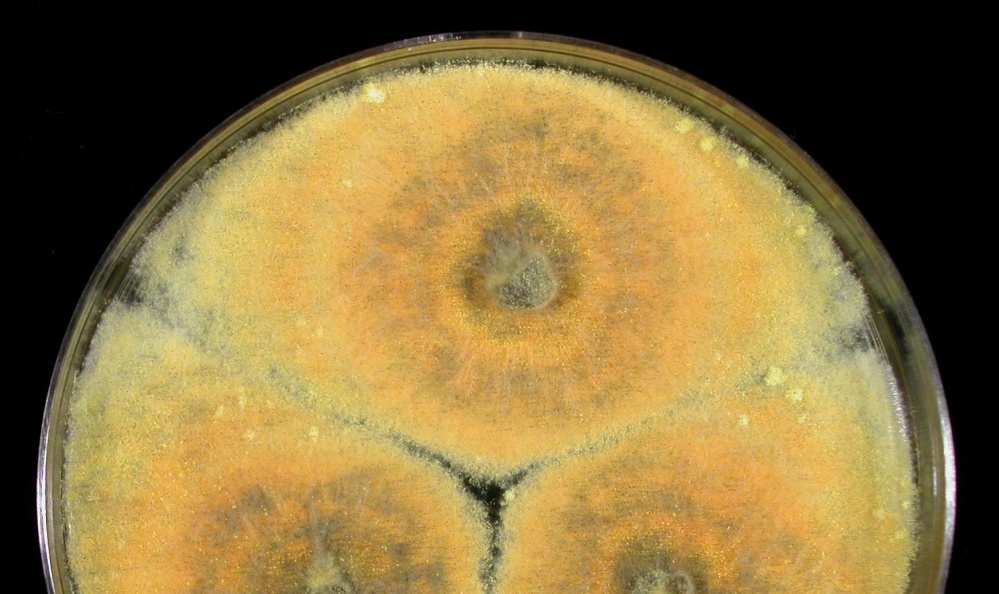PLEASE NOTE: New grant proposals are no longer being accepted in this program.
Completed

info
A common component of house dust, Aspergillus glaucus thrives in low-moisture environments, making it ideally suited to the dry indoor spaces build by humans.
Program Goal
To grow a new multidisciplinary field of scientific inquiry focused on understanding the microbial ecology of the built environments where people work, live, and play.
Strategy
- Generate new knowledge by directly supporting original, high-quality research on the microbial ecology of the built environment.
- Build a thriving, multidisciplinary network and research community of biologists, engineers, architects, and technologists that will endure beyond the program’s timeline.
- Train the next generation of scholars and practitioners. An important component of this program is introducing new voices into the field and training the next generation of researchers.
- Develop community-wide research and data collection protocols, and norms.
- Advance capacity for discovery through development of new tools and resources for data collection, sampling, analysis, and visualization.
- Attract dedicated funding from federal agencies by demonstrating the existence of important gaps in our scientific knowledge and the potential for federal intervention to fill them.
News
See All-
The New York Times
Subway Swabbers Find a Microbe Jungle and Thousands of New Species
-
Bloomberg
To Make a Building Healthier, Stop Sanitizing Everything
-
Colorado State University
Global summit on science and innovation for reopening workplaces safely starts this week
-
Good Morning America
Testing buildings may become added weapon in coronavirus reopenings
-
Washington Post
‘Superspreading’ events, triggered by people who may not even know they are infected, propel coronavirus pandemic
-
University of California, Davis
National Survey Shows Different Bacteria on Cellphones and Shoes
Resources
-
Biology of the Built Environment Center
University of Oregon
Visit Site -
Microbe.net
An online resource for all things related to indoor microbiology.
Visit Site -
MoBE Postdoctoral Fellows
Visit Site -
VAMPS
A leading platform for visualizing microbial population structures.
Visit Site -
QIITA
An open source microbial study management platform
Visit Site -
QIIME
An open source bioinformatic pipeline for performing microbiome analysis from raw DNA sequencing data.
Visit Site -
Microbiomes of the Built Environment: From Research to Application
A National Academies consensus study on the state of the field, where it needs to go, and how to get there.
Visit Site -
Management of Legionella in Water Systems
A National Academies consensus study
Visit Site -
Network analysis to evaluate the impact of research funding on research community consolidation
Hicks, Coil, Stahmer, and Eisen study the effects of Sloan funding on the formation of a new research community.
Visit Site
Microbiology of the Built Environment
/programs/completed-programs/microbiology-of-the-built-environment
Completed
Photo Credit: K. Seifert © Her Majesty the Queen in the Right of Canada, as represented by the Minister of Agriculture and Agri-Food Canada
info
A common component of house dust, Aspergillus glaucus thrives in low-moisture environments, making it ideally suited to the dry indoor spaces build by humans.
Program Goal
To grow a new multidisciplinary field of scientific inquiry…